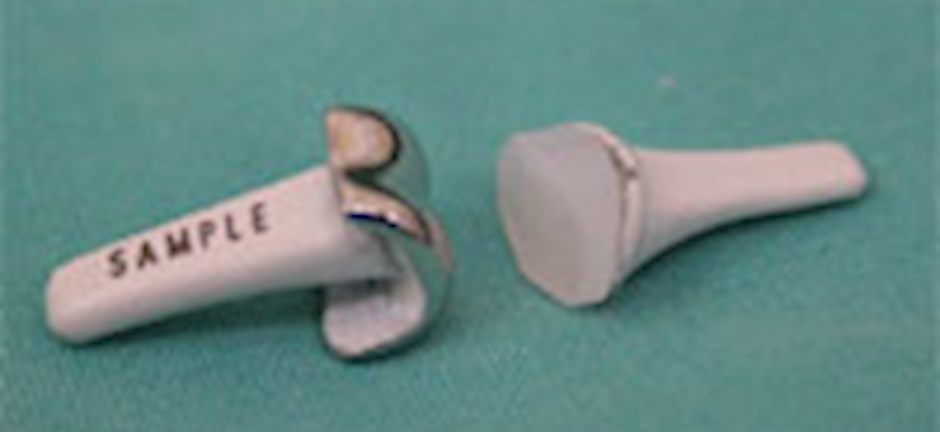
Small Joint replacements of the hand
Arthritis of the joints within the hand can cause sever pain and severe functional deficit. Arthritis can affect the knuckles of your fingers or the base of your thumbs.
Joint replacements in the fingers and hand, within the UK is gaining popularity, but still remains almost an ‘experimental’ procedure. Unlike many other joints within the body the results of knuckle joint replacements have been poorer than expected. Traditionally rubber joints have been used, but they provide very little stability and although excellent in patients with rheumatoid arthritis, disappointing in patients with isolated arthritis of finger joints.
The purpose of joint replacements is to provide pain relief and restore movement and function. While all small joint replacements will provide pain relief, resultant movement and function has been variable.
At present there are three types of joint replacements generally used. Rubber (silicone), metal/plastic and pyrocarbon (a material almost as hard as diamond).
If you have isolated joint arthritis it will be most likely that one of the newer ‘surface replacements’ made from metal or pyrocarbon will be offered. While if you have multiple joints involved, such as with rheumatoid disease, it is most likely the silicone ones would be used.
What are the risks?
The risks are low, but include:
- Infection – risk is low around 1%, but it occurs is a serious problem as control of infection can be difficult, due to the implant
- Pain – This usually settles over the first week and is usually moderate.
- Stiffness – Often the joint that is being replaced is very stiff. If this is the case the resultant movement after the operation will be limited. This is the most common complication in small joint replacements.
- Swelling – The finger will remain swollen for 3 to 6 months
- Nerve injury – Localised numbness around the wound may occur. It usually resolves with time.
- Dislocation – This is a risk in the short term, before the tissues tighten. The risk is low, but if it does occur, a short anaesthetic is required to relocate the joint.
- Loosening – This is the long term complication of the joint replacement and is almost inevitable. Once the joint is loose, it may become painful and swollen again. At that stage the majority of patients would have their replacement converted to a fusion. Hopefully though there have been many years of benefit!
How is the operation performed?
You will normally attend hospital on the day of surgery.
The choice of anesthetic will be discussed by the anesthetist, but may be a general anesthetic, where you are asleep, or a nerve block where your arm is numb, supplemented with sedation if required.
The procedure involves removing the arthritic diseased bone and inserting an artificial joint.
Afterwards there is a bulky dressing, with a plaster splint. The stability of the replacement at the end of the operation will determine the speed at which you can start to regain movement and strength.
Average length of stay is one night.
After discharge you will be seen by the hand therapist and reviewed by the surgeon in the outpatient clinic around 2 weeks. Any stitches present may require to be removed then. After this point your rehabilitation will be guided by the hand therapist.
Patient Leaflet Download
Find A Surgeon
Find a surgeon in your area.
Consent Form
You can access the consent form using the button below.



